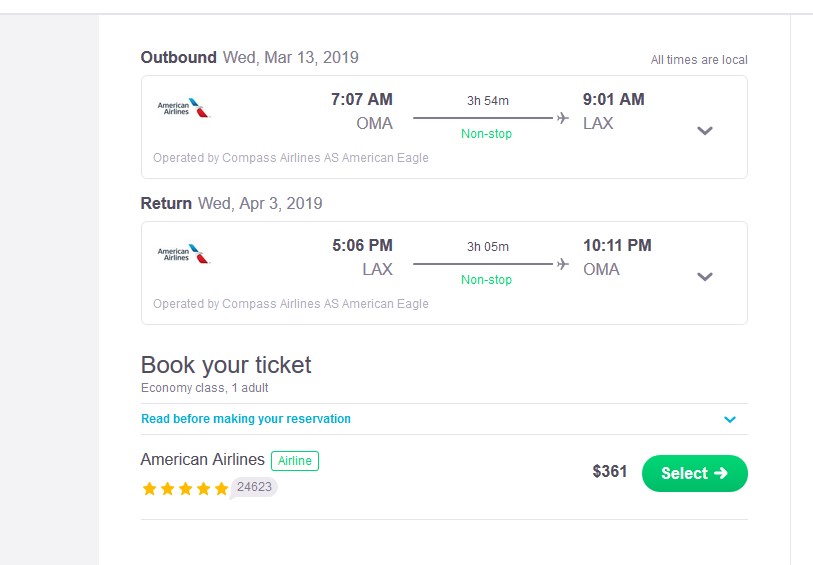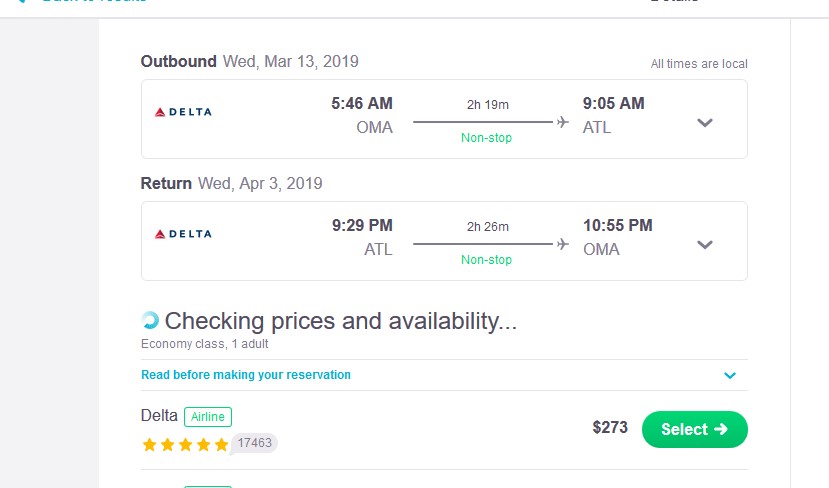Choosing a Place to Travel based on Cost
Outline
- Overvalued and undervalued currencies
- Ten common countries in the cheapest countries
listings
- Least expensive destination in the Eastern Hemisphere
- Least expensive destination in the Western Hemisphere
- Safety Factor
- What do you think of the Leffel
quote
Overvalued
and undervalued currencies
Using the formula in the Big Mac Index interactive site, how much is the
Big Mac overvalued in the most expensive country, and how much is it
undervalued in the least expensive? Which countries would be the cheapest for
travel, and which would be the most expensive based on this index?
According to the Big Mac Index, in Switzerland,
the Big Mac is priced at 6.54. While in Egypt, a Big Mac is priced at 1.75. So in Switzerland it is overvalued by 1.03, while in Egypt,
it is undervalued by 3.75. Based on this index, it looks like Malaysia, Russia,
Ukraine and Egypt would be the cheapest to travel to. While Switzerland, Sweden,
Norway, and Canada would be the most expensive to travel to.
Ten
common countries in the cheapest countries listings
Read the Leffel chapter and the other links provided to derive a
list of the 10 cheapest countries for travel.
1.
India
2.
Thailand
3.
Nepal
4.
Egypt
5.
Peru
6.
Indonesia
7.
Costa Rica
8.
Vietnam
9.
Argentina
10.
Cambodia
While reading Leffel�s
chapter, a positive I noticed about traveling to India and Nepal other than
affordability, was that the locals know English, so there isn�t much of a
language barrier to worry about. At 22,000 dong per U.S. dollar, Vietnam is a very
affordable destination as well. With how convenient it is to convert money in Cambodia,
it looks like a good travel destination too. According to the nomadic matt
website, everything in Cambodia is priced in dollars, which makes purchasing things
very easy.
Least
expensive destination in the Eastern Hemisphere
From this list, the Big Mac Index
and the most inexpensive airfares, find the least expensive destination in the
eastern hemisphere for a three-week trip. What criteria did you use to select
the country? Insert airfare graphic that shows how you would get to the
country. Insert a graphic of an inexpensive lodging. What would be the total
cost of the 3-week trip? (The idea here is that cheap lodging over three weeks
will counter a more expensive airfare. So, look for the cheapest lodging and
find a moderate airfare to that location.) Estimate daily food costs.
I chose Cambodia. I like how you can
really stretch the U.S. dollar here, and the way everything is priced is
another added convenience. According to the Nomadic Matt website, you can get a
meal in Cambodia for 1-3 dollars. At most, food would cost around 189 U.S.
dollars for 3 meals a day with the Nomadic Matt numbers. Adding the meal cost to
the flights and lodging, total this trip will cost $1,403.



Least
expensive destination in the Western Hemisphere
From this list, the Big Mac Index
and the most inexpensive airfares, find the least expensive destination in the
eastern hemisphere for a three-week trip. What criteria did you use to select
the country? Insert airfare graphic that shows how you would get to the
country. Insert a graphic of an inexpensive lodging. What would be the total
cost of the 3-week trip? (The idea here is that cheap lodging over three weeks
will counter a more expensive airfare. So, look for the cheapest lodging and
find a moderate airfare to that location.) Estimate daily food costs.
Originally, I chose Cuba as my
destination because of how surprisingly cheap flights were. For legal reasons
though, I figured Costa Rica would be more convenient. Costa Rica ended up
being extremely affordable as well. After doing some research, I was surprised
to see how much food cost in Costa Rica. According to costa-rica-guide.com,
just for breakfast, lunch, and dinner with nothing else, I�ll spend about 20
dollars a day on food. With food, lodging, and flight, total cost will be $1,358.



Safety
Factor
Consider the safety factor in the
destination you have chosen. Take a look the Global Peace Index rankings (A ranking of
countries based on the Peace Index begins on p. 8.) Which country would be the
safest? Where is the United States ranked? Where do
your chosen countries rank?
According to the Global Peace Index,
Iceland would be the safest at #1. While the U.S. is ranked #121, in between
Armenia and Myanmar. Cambodia is ranked at #96, while Costa Rica is #40.
What
do you think of the Leffel quote:
"You'll learn far more than you
ever did at a university.
Remember the old days when people got a liberal arts education? They went to
Oxford or Princeton to learn about history, politics, social studies,
geography, religion, foreign languages, and economics. Well you'll learn far
more about all those things by traveling than you ever can in college. Ask
anyone in their 30's how much they remember about these subjects from their
university classes. "Not much" will usually sum it up."
I definitely see
the point Leffel is tying to make. I think one can get
different experiences that are valuable in their own right
through both travel and college. I�ve spent a lot of time abroad as a
civilian and in the military. My time in Japan, Germany, Kuwait, and Oman were
all very valuable life experiences. The skills I learned and used in these
places abroad would be valuable in the U.S. workforce as well. This doesn�t
mean that college doesn�t have its place though. College is more of a meeting
of the minds, one can see how other people think, be challenged by conflicting
views, and learn new ways of thinking as well. With that, the way I see it,
traveling helps a person gain experience and develop their own point of view. While
college is more like a wet stone to help refine one�s way of thinking. �
Submitted by Davis Clouse on February
20 2019.